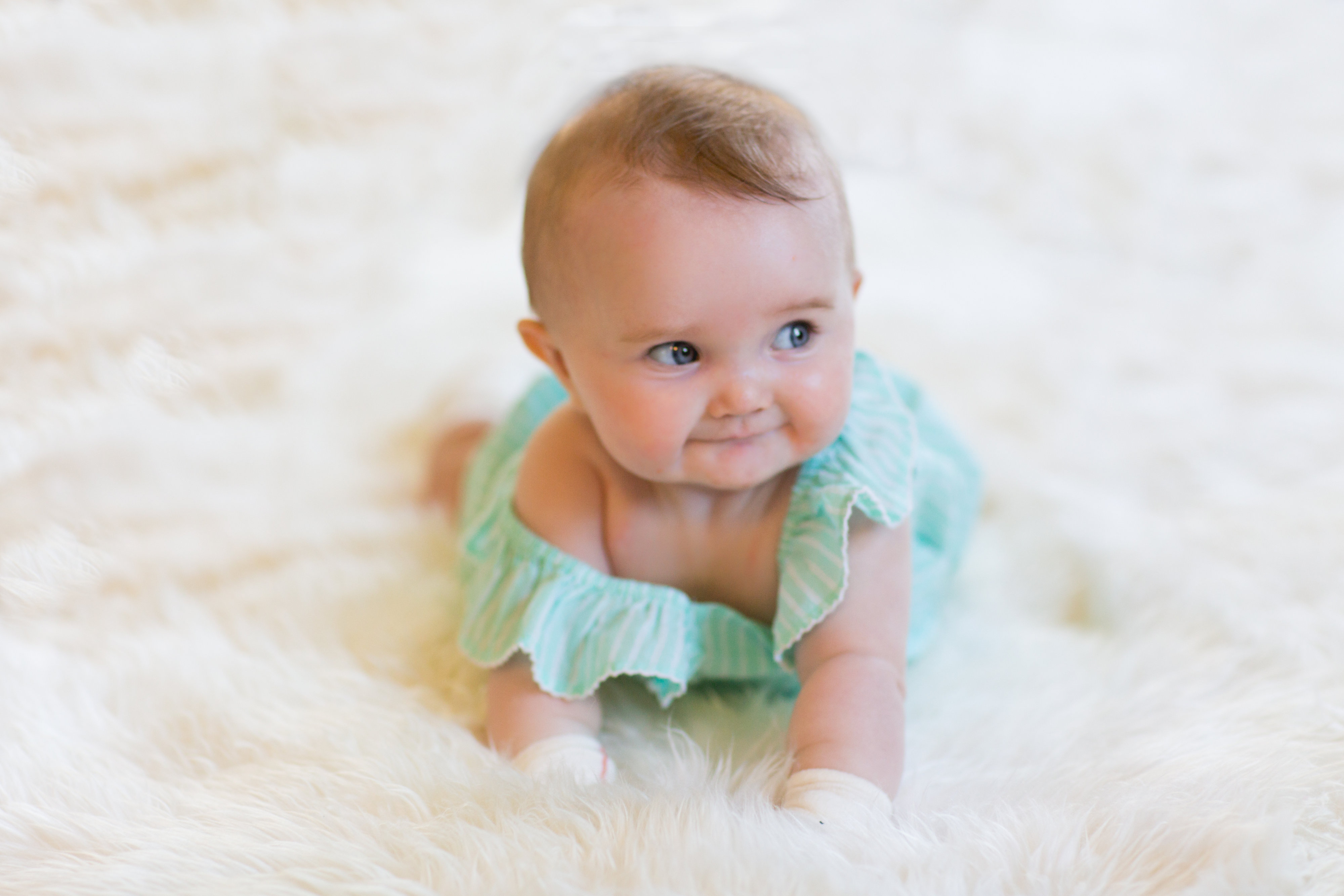Epidermolysis Bullosa is a considered an orphan disease, because there aren’t many people with EB and there isn’t much funding. However, over the past several years, significant progress has been made on the medical front. There are multiple clinical trials available in the US:
- Stem Cell Transplant (aka bone marrow transplant): This is an open-label, single institution, phase II study in patients with epidermolysis bullosa (EB). The underlying hypothesis is that the infusion of bone marrow or umbilical cord blood from a healthy unaffected donor will correct the collagen, laminin, integrin, or plakin deficiency and reduce the skin fragility characteristic of severe forms of EB. A secondary hypothesis is that mesenchymal stem cells from a healthy donor will enhance the safety and efficacy of the allogeneic hematopoietic stem cell transplant as well as serve as a source of renewable cells for the treatment of focal areas of residual blistering.
- A Study of FCX-007 for RDEB: The purpose of this study is to evaluate the safety of FCX-007, evaluate C7 expression and the presence of anchoring fibrils resulting from FCX-007 and to analyze wound healing as a result of FCX-007 administration in subjects with RDEB.
- Gene Transfer for Recessive Dystrophic Epidermolysis Bullosa: Recessive dystrophic epidermolysis bullosa (RDEB) is a severe inherited blistering skin disease caused by absence of a protein known as type VII collagen. Patients with RDEB develop large, severely painful blisters and open wounds from minor trauma to their skin. This trial will create a graft, which the investigators call “LEAES,” of the patient’s own skin that has been genetically engineered in the investigators lab to express this missing protein. The purpose of this study is to achieve proof-of-concept for this general approach to cell-based gene therapy in humans and to set the stage for further therapeutic extension in RDEB. The investigators will basically take a subject’s own cells, correct them in culture, and then transplant the corrected cells back onto them.
- Amicus Therapeutics’ Phase 3 Trial for SD101: The ESSENCE Study is a Phase 3 clinical trial of SD-101, an investigational topical cream being developed by Amicus, together with Scioderm, to treat skin blistering and lesions associated with Epidermylosis Bullosa.
- Characteristics of Patients With Dystrophic Epidermolysis Bullosa: Recessive dystrophic epidermolysis bullosa (RDEB) is a disease caused by genetic mutations in the gene for type VII collagen. Patients with RDEB develop large, severely painful blisters and open wounds from minor trauma to their skin. We are screening subjects with RDEB to evaluate characteristics of the subjects and their cells in order to develop new strategies of therapy and determine whether subjects could be candidates for treatment studies.
On a personal note:
We realize that until a cure is found, we will likely need to treat Kiira in multiple ways. Shortly after Kiira was born, a couple of helpful conversations with the parents of participating EB patients and a review of the stem cell transplant process made us seriously consider this as an option for Kiira. It scared us, because Kiira would have to go through a week of chemo and then go through the bone marrow transplant and take on so many risks. She would be hospitalized for at least a month, but some have stayed much longer. A bone marrow transplant is not a cure, but would deliver collagen VII to Kiira’s skin as needed. Some problem areas, which we can already identify are her feet, knees, wrists and hands; may remain problem areas until gene protein therapy is approved for her use. However, the way we look at it is: Kiira will end up with these risks and more just with EB and if there is a chance to give her a better life, why wouldn’t we take it? Our dermatologist told us that the hands and feet may start to fuse around 2 years old and that Kiira wouldn’t need an esophageal dilation until she is about 5 and the earliest skin cancer appearances in EB patients is at about 8 years old. In addition, she would face numerous infections, extensive scarring, nutritional issues, internal damage, physical developmental delay, daily pain and medication and more. While we continue to pray for miraculous healing for Kiira so that she wouldn’t have to go through a BMT or a life with EB, we know we also need to be proactive. We found that Kiira was a candidate for BMT, due to her 2 mutations that result in no collagen VII production, so we pursued (and continue to pursue) any possibility that can give Kiira a better quality of life. On July 1st, 2015, Kiira received her first bone marrow transplant. She did amazingly well with it–just a few minor bumps in the road (read her story in the journal), but unfortunately the transplant did not engraft. Therefore, Kiira is undergoing a second transplant in August 2016. We hope the medical professionals will expand this list of clinical trials to include the cure for EB soon, but in the meantime, we’re doing what we can to try to help our baby girl.
To learn more about the bone marrow transplant procedure you can read it here: http://www.bmt.umn.edu/patients-families


2 Responses to Clinical Trial